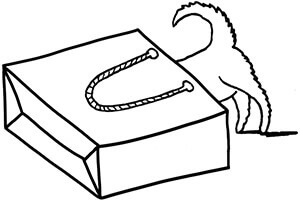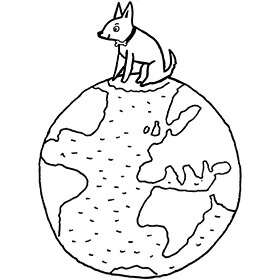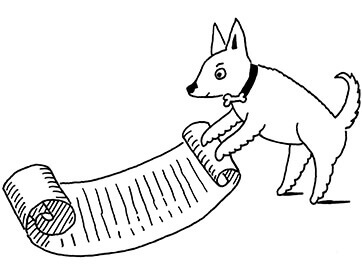-

Your Shopping Bag is empty

The Responsible Choice
Buying antique jewellery is both ethical and eco-friendly as harmful and destructive mining processes are not needed to make an item yours.
Find Out More

 Free Australia Shipping
Free Australia ShippingThis heavy gage 15ct62.5% pure gold (or 625 parts pure gold and 375 parts other metals). Popular during the Victorian, Edwardian and Art Deco eras but was discontinued in the mid-1930s. More gold collar is interesting as it is very similar to Indian jewellery designs that have remained unchanged for years. To put this in context one has to look at the history of the mid to late VictorianJewellery made in the the Victorian era (1839-1901). More period which is when this collar was made. After the nominal Mughal emperor Bahadur Shah Zafar was deposed at the conclusion of the Indian Rebellion of 1857 the English government decided to transfer control of British India and its princely states from the mercantile East India Company to the Crown, thus marking the beginning of the British Raj. In 1874 the British prime minister, Benjamin Disraeli, decided to offer Queen Victoria the title “empress of India”. Victoria accepted and the first Delhi Durbar (an imperial coronation) was held in her honour in 1877. This led to a rise in interest for Indian goods and the designs influenced furniture, textiles and jewellery. This collar is a superb example and was made in England circa 1880-1890. It is as wearable today as it was then
The Details
Buying antique jewellery is both ethical and eco-friendly as harmful and destructive mining processes are not needed to make an item yours.
Find Out More


We always stand by our five core principles:
Quality, Rarity, Expertise, Peace of Mind and Personal Touch